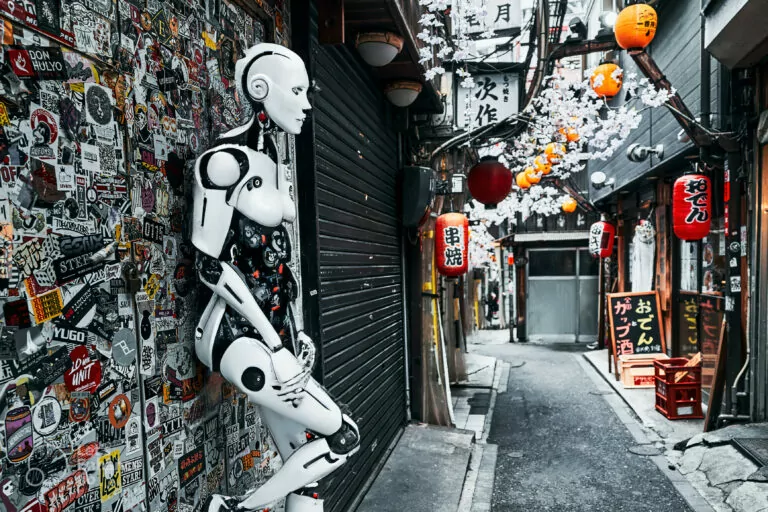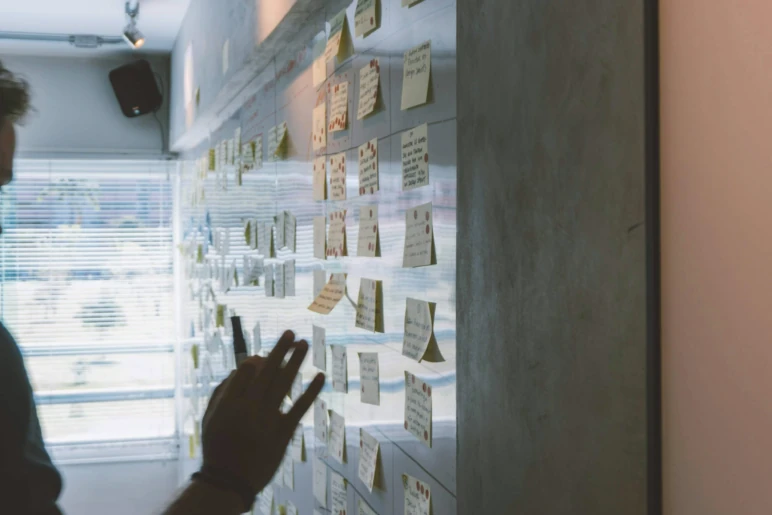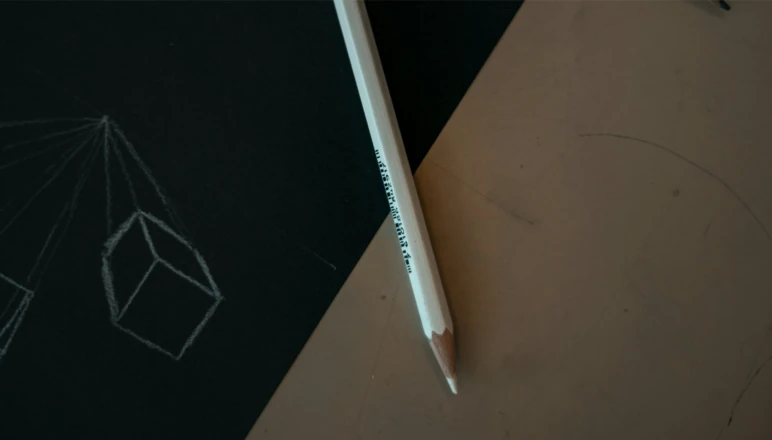AI vs IP – Tech Breakthrough or Legal Powder Keg?

By Georgia Renard | Associate & Blair Beven | Principal
Artificial intelligence (AI) is increasingly driving important developments in technology and business. It is being employed across a wide range of industries and having profound impacts, the reaches of which are only set to continue expanding. The capabilities of AI are on an upwards trajectory, bolstered by the availability of large amounts of data and advances in computing power. What hasn’t exactly kept up with AI, however, is the law. While AI intersects with several areas of law – competition and consumer law, privacy law, and even human rights law come to mind – its unique relationship with Intellectual Property (IP) law has come to the fore in recent years.
There is no universal definition of ‘artificial intelligence,’ and this is perhaps where its problems with the law begin. AI is generally considered to be a discipline of computer science that is aimed at developing machines and systems that can carry out tasks considered to require human intelligence and reasoning. Machine learning and deep learning are two subsets of AI. In recent years, with the development of new neural networks techniques and hardware, AI has come to be used as a synonym for “deep supervised machine learning”.
Some still regard AI with suspicions founded largely by science fiction novels or film – think HAL 9000 from “2001: A Space Odyssey”, Hugo Weaving’s Agent Smith in The Matrix Trilogy, or Roy Batty from “Blade Runner”. But while AI hasn’t quite manifested as a mortal or existential threat just yet, the threat it poses to our livelihoods is generally considered to be a much more pressing one. We suspect that AI will take our jobs and perform them with more efficiency and accuracy that we ever could. Alarm bells are being rung by professions across the board: fears abound that any job involving data analysis, reporting, and administrative tasks are set to be – at least partially – replaced by AI and the concomitant “rise of the machines.”
AI is continually improving to mimic actual biological cognition and today its use is widespread: it includes email filtering, machine translation, voice, text and image creation, and recognition. AI is now being used to cook up highly realistic (if still not-quite-right) images and videos from text-based prompts, with countless platforms emerging to facilitate it. The extensive use of AI, deep learning, and neural networks means that AI is fast developing the ability to demonstrate ingenuity.
But where exactly does this “ingenuity” sit within the ambit of IP law? If a machine is learning to develop original works, is coming up with new and inventive ways of doing things and developing what are effectively inventions, who owns them? Intellectual property rights in the form of trade marks, patents, designs, plant breeders’ rights, and copyright all stem from the basic proposition that there must be “an owner”, creator, or inventor. As an owner is legally defined as a natural person, body corporate, legal entity, or human, AI doesn’t quite fit the ownership bill, at least for now.
Let’s first consider AI’s relationship with Copyright.
The Copyright Act 1968 (Cth) provides that in order for copyright to subsist, there must be authorship. Authorship has been defined as:
- The author of a literary, dramatic, musical, or artistic work is the owner of any copyright which subsist in that work (s35);
- Copyright subsists in an original work where the author is a “Qualified Person”; and
- A Qualified Person” is a person who is an Australian citizen or resident in Australia.
Case law has determined that the Copyright Act requires some level of intellectual exertion – of “human skill” or “creativity” – to satisfy the subsistence of copyright within a work. More specifically, the Courts have found that mere numbers generated from a computer program “do not satisfy the exertion of human skill or creativity” element (see IceTv Pty Ltd v Nine Network Australia Pty Ltd [2009] HCA 14, which involved the question of subsistence of copyright in weekly TV program schedules derived from computer generation; see also Telstra Corporation Limited v Phone Directories Company Pty Limited [2010] FCAFC 149 which involved the question of whether subsistence of copyright resides in the compilation of a telephone directories).
This case law concludes that copyright does not subsist in AI-generated works.
Designs
Decisions regarding AI-generated designs have followed a similar track to decisions regarding AI-generated works; that is, a design can only be registered by a “person”, and AI doesn’t qualify as such. Section 13 of the Designs Act 2003 prescribes “who is entitled to be registered as the registered owner of the design” which includes the following:
- The person who created the design (i.e. the designer);
- A person with whom the designer was in contract with;
- A person deriving title by operation of Will or Law; or
- A legal representative of the deceased person.
In other words, while AI can be used to create a new design, it cannot be used to own designs.
Patents
In Thaler v Commissioner of Patents [2021] FCA 879 the Federal Court (Beach J) found that, for the purposes of the Patents Act 1990, an AI system could be named as an inventor on a patent application. This decision was reported globally and overturned an earlier decision of IP Australia that only a human can be named as an inventor for an Australian patent. The Commissioner of Patents then appealed Beach J’s decision to the Full Court of the Federal Court of Australia. In Commissioner of Patents v Thaler [2022] FCAFC 62, an enlarged bench of five Judges overturned Justice Beach’s decision. In a unanimous decision, the Full Court held that an ‘inventor’ must be a ‘natural person.’ This decision was based on the historical centrality of the role of a human inventor in patent applications and the natural reading of the Act.
Dr Thaler sought special leave to appeal that decision to the High Court of Australia, being Australia’s superior Court, and his last opportunity to have the Application considered by an Australian Court. The High Court refused the application for special leave. As a consequence, the law now confirms that an AI system cannot be named as an inventor of a patent under current Australian law. Although this is the end of the line for this particular patent application, the High Court’s comments leave the door open for the ‘inventorship issue’ to be heard by the High Court in future, if a more appropriate case is brought before the Court.
This is not to say, however, that AI is not appearing more and more in the world of patents. While the courts may have ruled on inventorship for now, the Australian Patent Office is facing an increasing number of patent requests for inventions involving – albeit not invented by – AI.
A recent decision of the Australian Patent Office – Paypal Inc. [2023] APO 54 – involved a patent request on behalf of PayPal for an AI-driven system. PayPal’s innovation sought to boost recommendation accuracy via three machine-learning modules:
- A model using algorithms to gauge recommendation scores from user data.
- A cross-domain collaborative filtering model generating additional scores from user and cross-domain information.
- The amalgamation of these scores to train a third model for more precise recommendations.
The patent request was rejected on the grounds that the invention did not surpass conventional computer use. That is, it was not a “manner of manufacture” or a technical contribution beyond the normal use of computers. Moreover, the “invention” primarily tackled a business problem as opposed to a technical one. As such, it was disqualified from patent eligibility.
While PayPal contended that its system wasn’t merely a business idea and that it constituted a technical innovation in its “advisory” role, the Patent Office ultimately disagreed. The Patent Office asserted that it remained a data processing scheme without the necessary substantial adaptation or improvement in computer function to merit patentability.
This, and decisions like it, place AI-related patents in an interesting position. AI can apparently be neither an inventor of a patentable invention, nor the subject of a patent considering that the Patent Office appears to be reluctant to classify AI or AI-related systems as “manners of manufacture,” at least on their own.
But while similar technology might not secure a patent solely based on “advisor” or “artificial intelligence” components, alternative IP strategies remain plausible.
It is essential for startups and innovators venturing into AI technologies to recognise that while patents might not be easily obtainable based solely on AI-related elements, alternative IP strategies, such as copyright protection for coded elements, trade marks, and confidentiality measures for technological details all remain viable options for safeguarding intellectual property.
For further insights into IP protection of AI-related technologies, connect with us at XVII Degrees.


